Discover “Who do you want to grow into?” before thinking “What do you want to be?”
A program to discover, design, and prototype your future dreams
by Stephane Yu Matsushita | Faculty Innovation Fellows candidate | Tohoku University
“Which class, program or career should I choose?”
This would be one of the most important problems that many students in University encounter, not only during their campus life but also over their long lives. The first-year student might ask “Which liberal arts class should I choose?” and the third-year student will ask “Which lab should I choose?” The master’s student may ask “Which of the various educational programs should I take in addition to my major?” or “Which career should I choose?” University offers a wide variety of courses, programs, and support to encourage students to be talented people or leaders in some fields. However, there are not many programs that can guide students to think and answer the question: “Who would I like to be, and what do I need to learn to be like that?”
The initial plan of my project was to develop a co-created education program by faculty and students. Students would design their own learning programs with the support of faculty, which brings a dozen variations of entrepreneurship and innovation education. I thought it was a very interesting and student-centric project, and I started interviewing students about what kind of thing they wanted to learn.
“Leadership” and “Facilitation”… sounds good.
“Sports,” “Hobby,” “Cooking”…OK, might be interesting.
“Something cool”, “Nothing else”….hnnn.
Of course, some students gave me very interesting ideas, but most of the ideas were hard to connect to an education program. The biggest finding from the interview among 15 students was that it was difficult for them to think about what they wanted to learn in addition to the curriculum in their major. Why is it difficult? By diving into a deeper level, I reached a hypothesis: Most of the students limit their future vision within an extension of their major. If we would like to change higher education to be much more diverse and creative, we should first give students the opportunity to think, design, and prototype their future with a diverse mindset.
After getting this hypothesis, I redesigned my project to build a program to discover, design, and prototype the future dream of each student. The program is constructed in 3 parts (steps). Through these 3 parts, students can learn how to think about what kind of person they want to grow into, how to shape their ideas in real life, and how to take initiative. Students can find themselves in unexpected ways through experiences they did not anticipate when they entered university.
Part 1: Future Vision Lab
FVL is a place where students can thoroughly imagine and create their own careers, and future dreams, and envision the future they wish to pursue and the paths that will lead them there. Students will learn how to find their dream and move toward it by empathizing with themselves, reflecting on their own success and failure experiences, brainstorming their future, and prototyping/testing their future.
Part 2: Prototyping Factory
PF is a place to foster a mindset of making ideas real through systematic prototyping exercises. Students will learn how to shape their ideas and adjust them to their needs by doing rapid prototypes and testing them out of the classroom.
Part 3: Future Challenge
Future Challenge is a place for taking the initiative to test the acquired abilities (future vision, prototyping mindset/skills, etc…) in a practical setting to enhance the willpower and challenging ability to take on difficulties. Several programs in terms of 1-3 months, co-working with a social entrepreneur, creating a business model in a global team, and trying to implement digital transformation in the citizen, will be prepared. Students will select one program which fits their wisdom and tries to put their ideas, and visions into action.
Everyone had a dream as a child. But dreams mature and change over time as we move forward. Maybe there could be a moment we lose sight of our dreams and get lost. It would be wonderful if we could have a program to help, guide, and mentor students to find, design, and pursue their journey to reach their dream.
This article was featured in the latest edition of the journal, Change Forward, published by the University Innovation Fellows program. Read the journal online here.

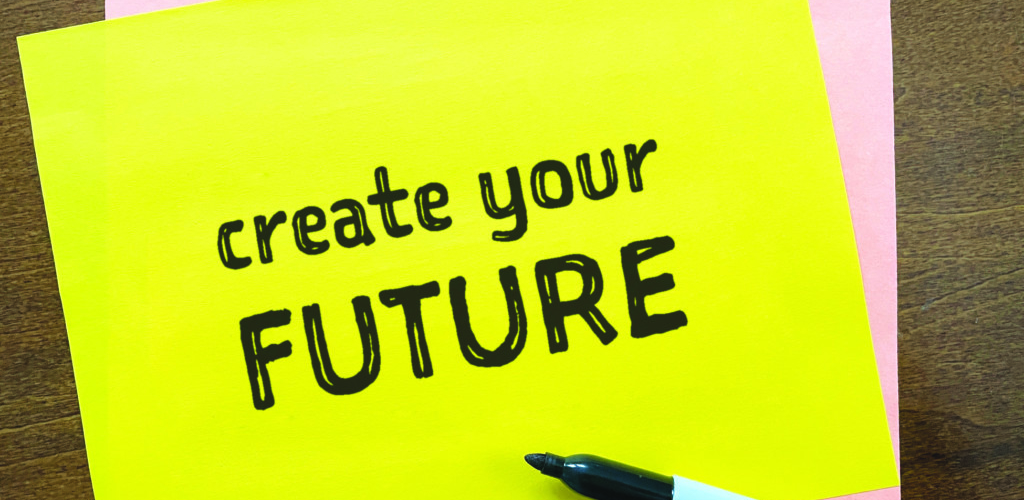
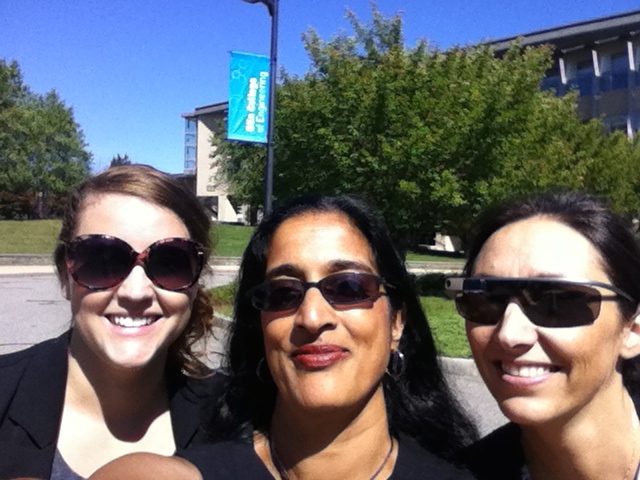
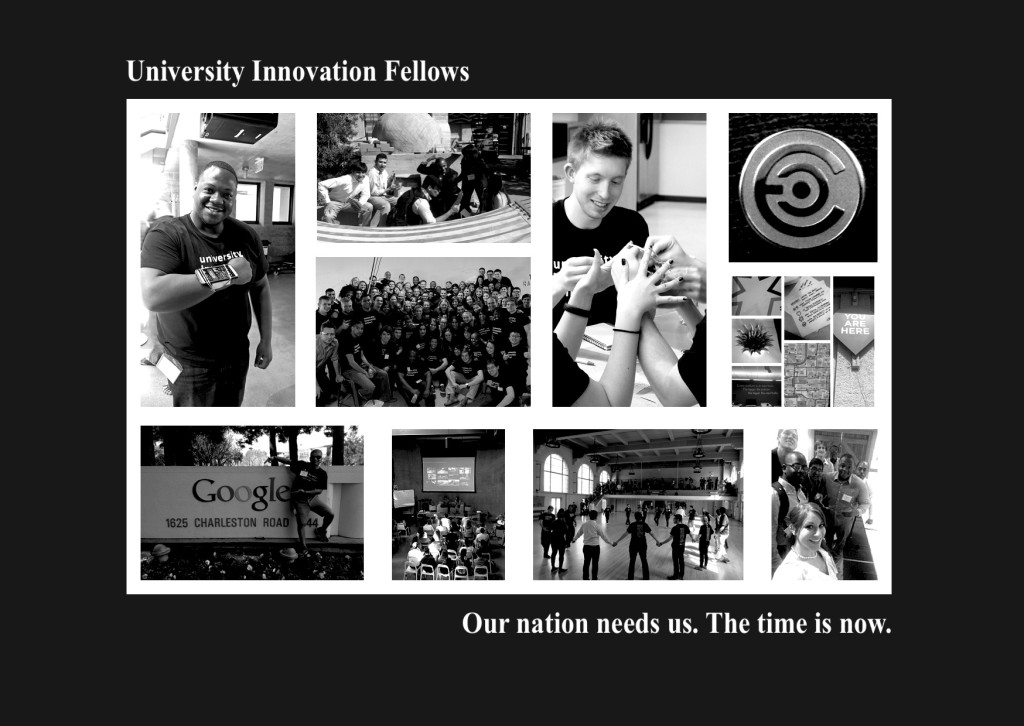
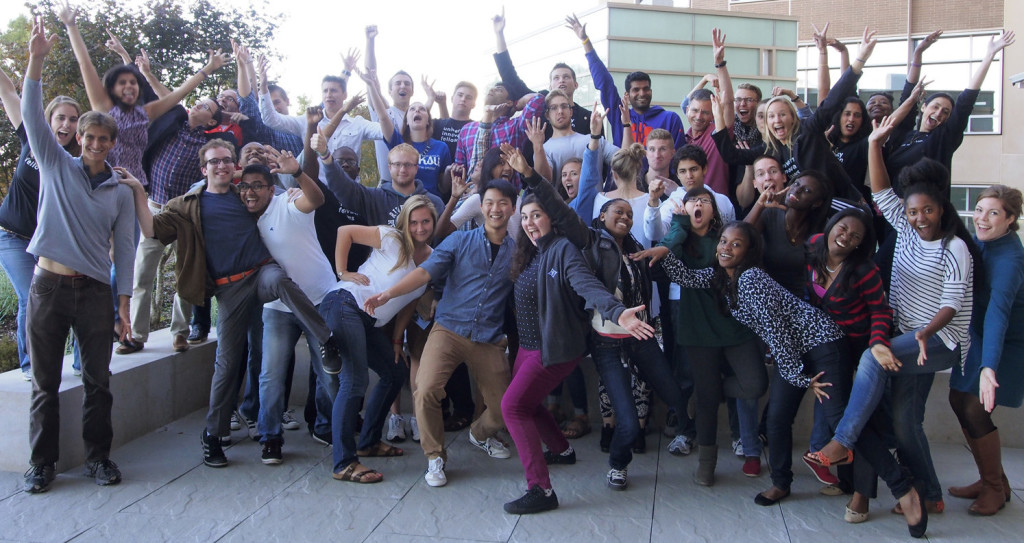
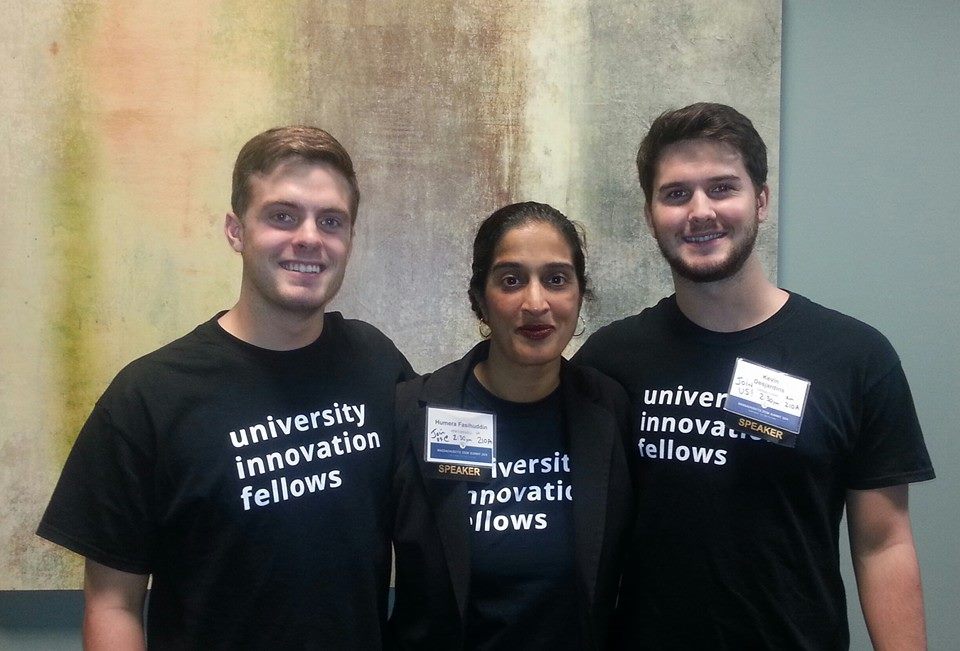
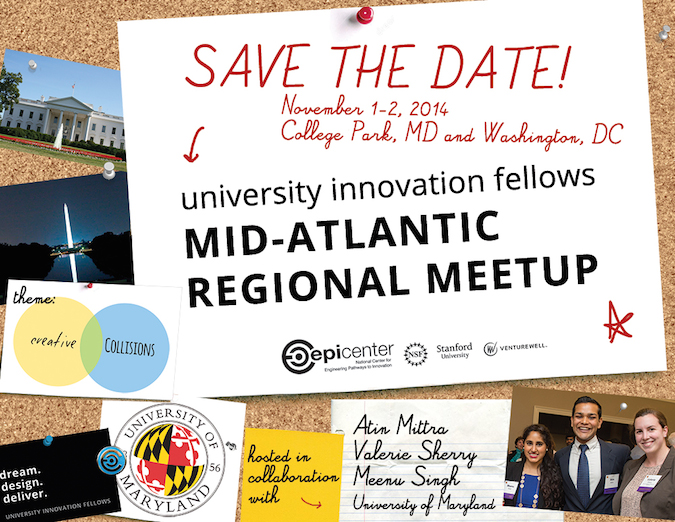

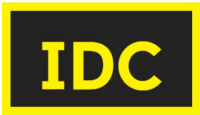
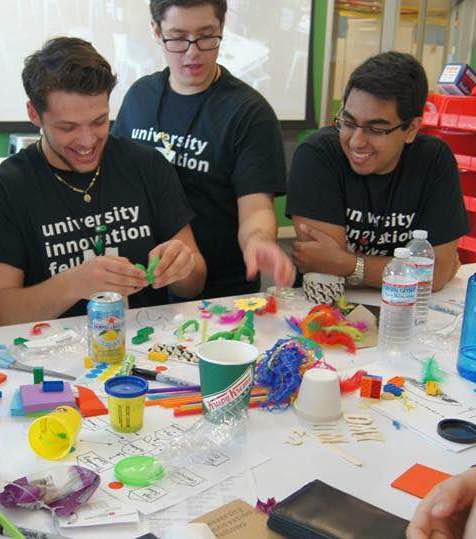



Leave a Reply
Want to join the discussion?Feel free to contribute!